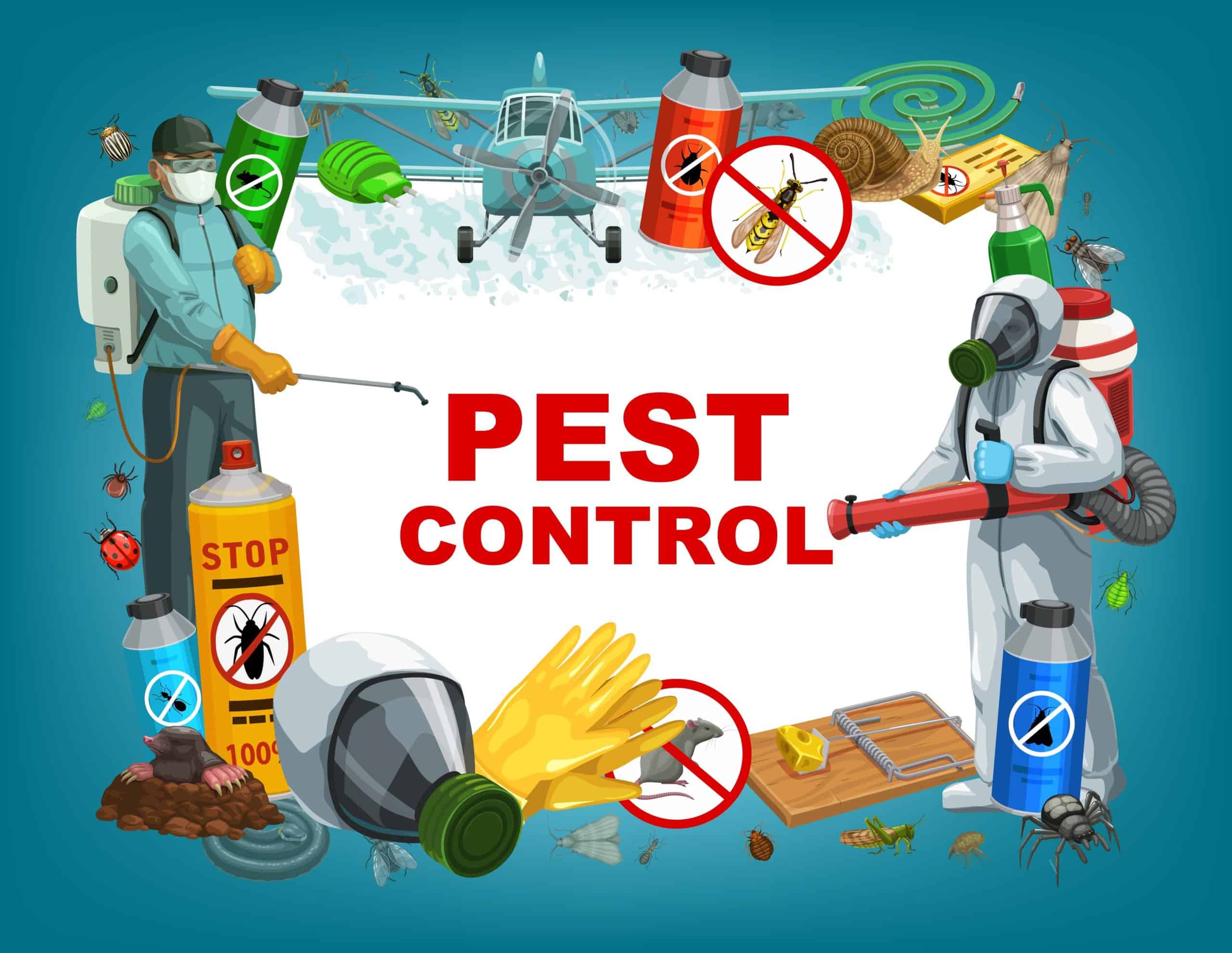Reliable A1 Bed Bug Treatment in Charlotte - Safe and Proven Methods
Reliable A1 Bed Bug Treatment in Charlotte - Safe and Proven Methods
Blog Article
Bed Insect Therapy Malfunction: Comparing Chemical Vs. Non-Chemical Solutions
In the world of insect control, specifically when handling the consistent concern of bed pests, the option between chemical and non-chemical treatment solutions can be a critical one. Both techniques offer unique benefits and downsides, influencing variables such as effectiveness, security factors to consider, and total expense. By examining the nuanced details of each technique, a clearer understanding of which path to go after in resolving a bed bug infestation can be obtained.
Performance of Chemical Treatments
Chemical treatments for bed bug infestations have actually been extensively recognized for their rapid and potent efficacy in eliminating these bugs. When taking into consideration the efficiency of chemical therapies, it is critical to understand that they can provide a detailed and fast solution to a bed bug issue. Expert exterminators usually depend on insecticides to target bed insects at different stages of their life process, consisting of eggs, adults, and nymphs. These chemicals typically function by interfering with the bed bugs' nerve system, leading to paralysis and ultimate fatality.
Additionally, chemical therapies have the advantage of supplying residual impacts, suggesting that they can continue to remove bed insects even after the preliminary application. This residual activity is particularly beneficial in combating any type of possible re-infestations. Furthermore, the fast activity of chemical treatments can bring alleviation to people dealing with serious bed pest infestations, enabling them to regain control of their space quickly.
Safety Worry About Chemical Solutions
One important facet that needs cautious consideration when making use of chemical options for bed insect treatment is guaranteeing the safety and security of residents and the atmosphere. Exposure to certain chemicals used in bed pest therapies can lead to breathing issues, skin inflammation, or other negative responses, specifically in people with pre-existing conditions or sensitivities.
In addition, the environmental influence of chemical solutions is an additional considerable consideration. Some chemicals utilized in bed insect therapies may be unsafe to helpful bugs, wildlife, and environments if they seep into the dirt or water systems. It is vital to use chemical treatments judiciously, following security standards, and considering less poisonous choices to reduce these threats and make sure the effective and safe management of bed insect invasions.
Advantages of Non-Chemical Approaches
Considering the possible safety and security worries and ecological effect related to chemical options for bed bug treatment, checking out non-chemical methods presents an encouraging option with several distinctive advantages. Non-chemical methods provide a safer option for homes, especially those with individuals, pet dogs, or youngsters delicate to severe chemicals. These strategies eliminate the risks of direct exposure to toxic materials, minimizing the possibility for adverse wellness effects. Moreover, non-chemical treatments are eco-friendly, as they do not add to air or water air pollution, making them a lasting choice for parasite control.
Additionally, non-chemical options can be efficient in targeting bed insects, including hard-to-reach locations where chemical therapies might not penetrate. Approaches such as heat therapy, vacuuming, steam cleaning, and mattress encasements give complete obliteration without using unsafe chemicals. Additionally, non-chemical techniques can be much less check that turbulent, calling for very little prep work and enabling quicker reentry into treated locations. Generally, choosing non-chemical bed insect treatment methods not just prioritizes safety and environmental management but likewise ensures reliable and extensive pest control.
Limitations of Non-Chemical Treatments

Additionally, non-chemical treatments typically require several applications to achieve successful elimination. This can be taxing and may not always guarantee total removal of all bed insects and their eggs, particularly in hard-to-reach or hidden areas.
Furthermore, the success of non-chemical treatments heavily depends on correct execution and thoroughness, which can be testing for individuals without specialist experience. Poor application of non-chemical approaches might lead to incomplete eradication, leading to relentless invasions and the demand for additional therapies.
For that reason, while non-chemical therapies have their benefits, it is necessary to acknowledge these restrictions and consider them when determining one of the most effective approach for taking care of bed insect problems.
Price Comparison: Chemical Vs. Non-Chemical Options
Given the constraints connected with non-chemical treatments, a vital aspect to examine in the context of bed insect monitoring is the cost contrast between chemical and non-chemical alternatives. Chemical therapies normally include the application of insecticides by experts, which can vary from $250 to $900 per space, depending on the intensity of the infestation and the size of the location to be treated. In contrast, non-chemical therapies like heat therapy or steam can be more expensive, with expenses ranging from $1,000 to $6,000 for a whole home. While the preliminary expense of chemical therapies might appear lower, several treatments may be called for to fully remove the infestation, possibly enhancing the total cost. On the other hand, non-chemical choices might offer an extra sustainable and environment-friendly option, although they can be cost-prohibitive for some people. Ultimately, when thinking about the expense of bed pest treatment options, it is essential to evaluate the upfront expenses versus the effectiveness and long-lasting sustainability of the selected approach.
Conclusion

Considering the prospective safety worries and ecological influence linked with chemical remedies for bed pest treatment, checking out non-chemical methods presents an encouraging option with several unique advantages.Offered the restrictions associated with non-chemical therapies, a necessary facet to evaluate in the context of bed pest monitoring is the expense comparison between chemical and non-chemical options. In contrast, non-chemical therapies like warmth therapy or heavy steam can be a lot more expensive, with costs ranging from $1,000 to $6,000 for a whole home. While the first price of chemical treatments may appear lower, multiple treatments may be needed to totally get rid of the problem, possibly raising the total cost.In verdict, when contrasting chemical and non-chemical bed insect therapy choices, it is crucial to consider efficiency, safety and security, benefits, restrictions, and expense.
Report this page